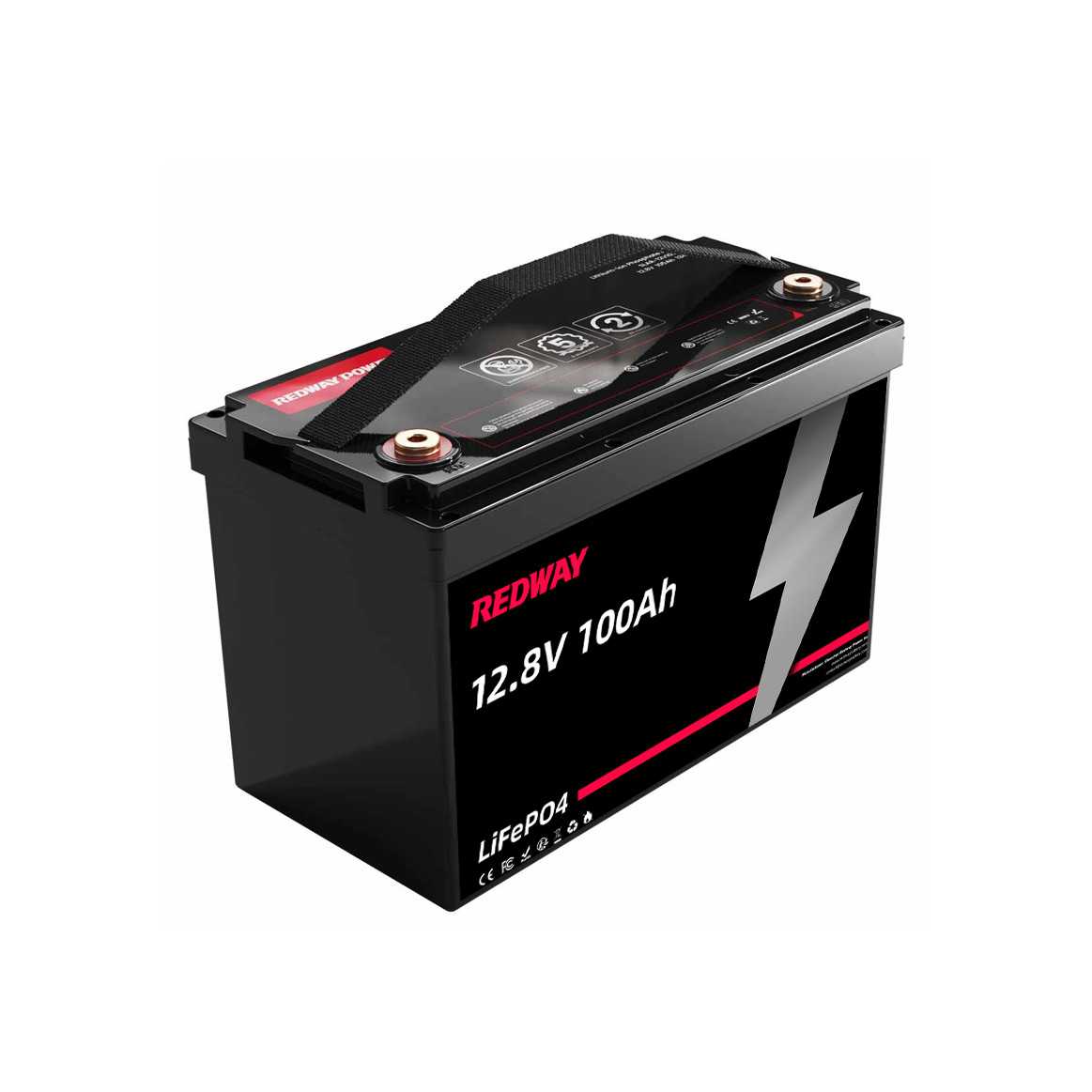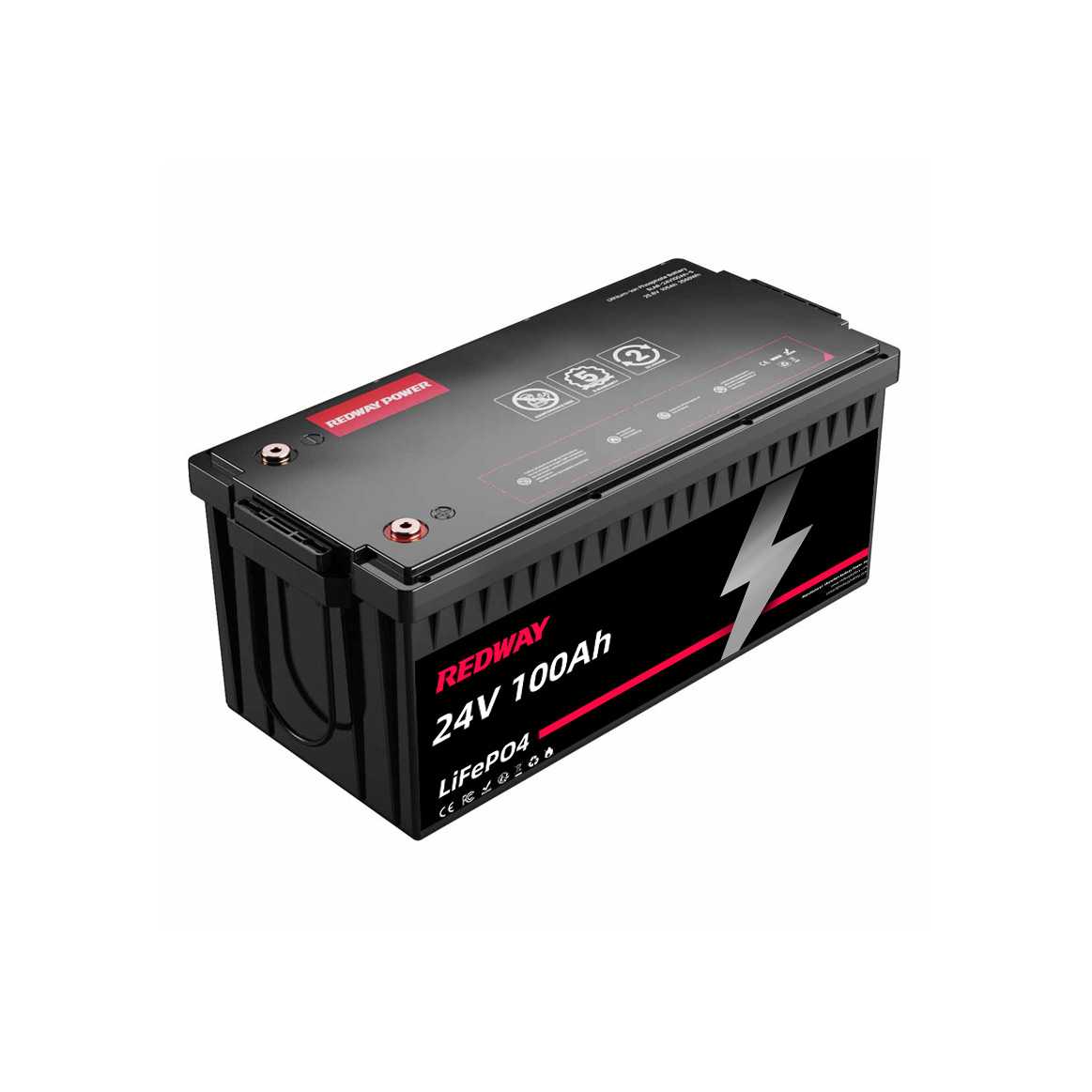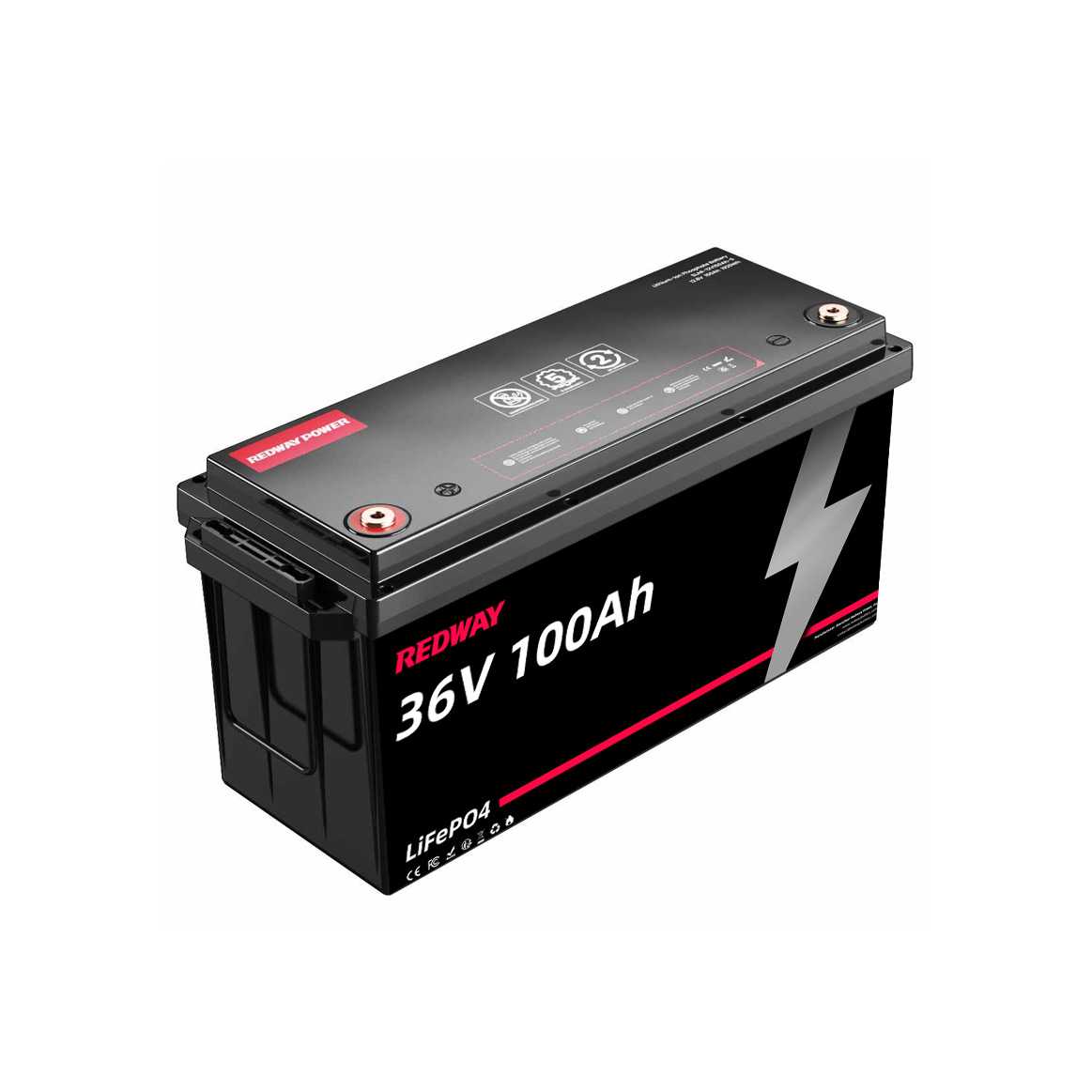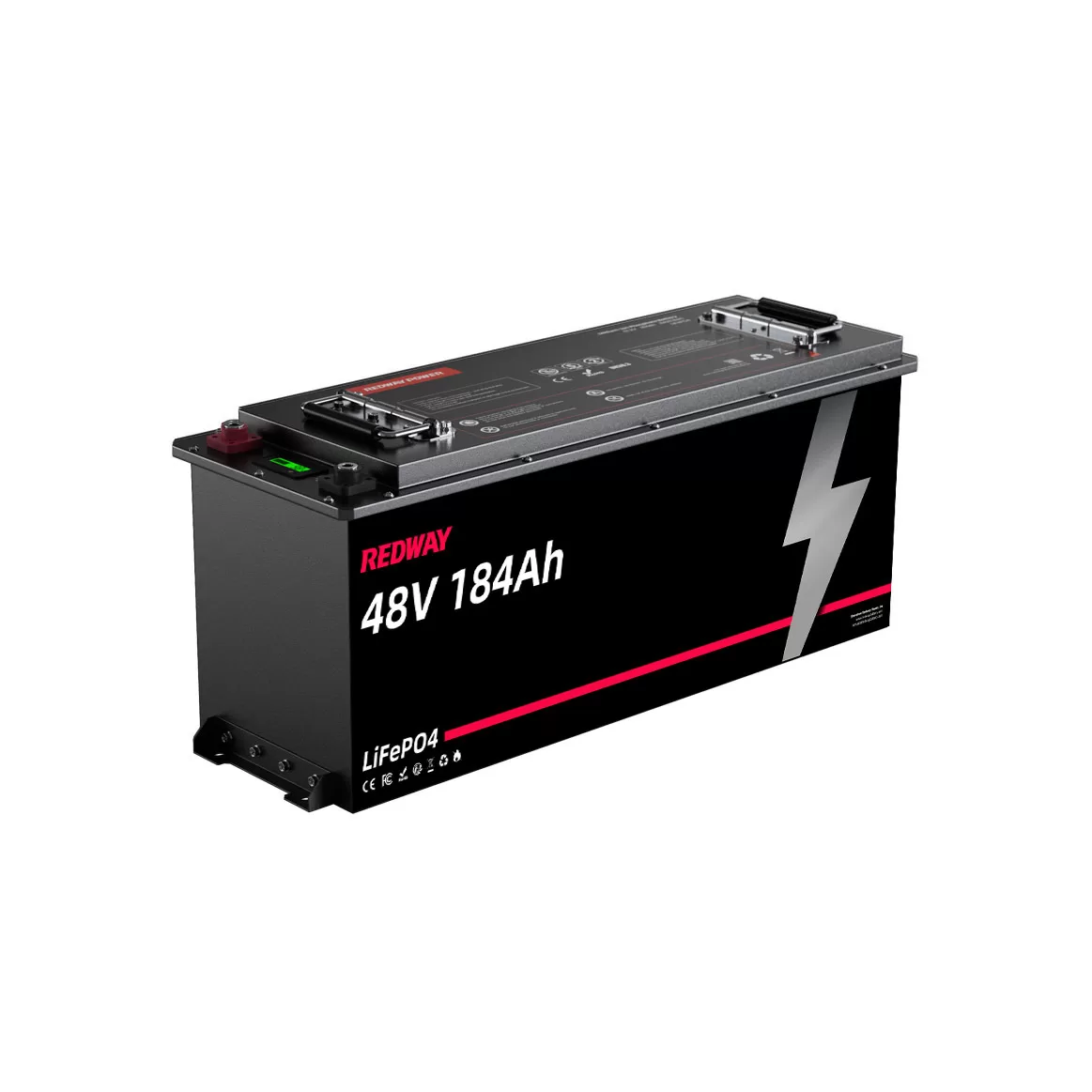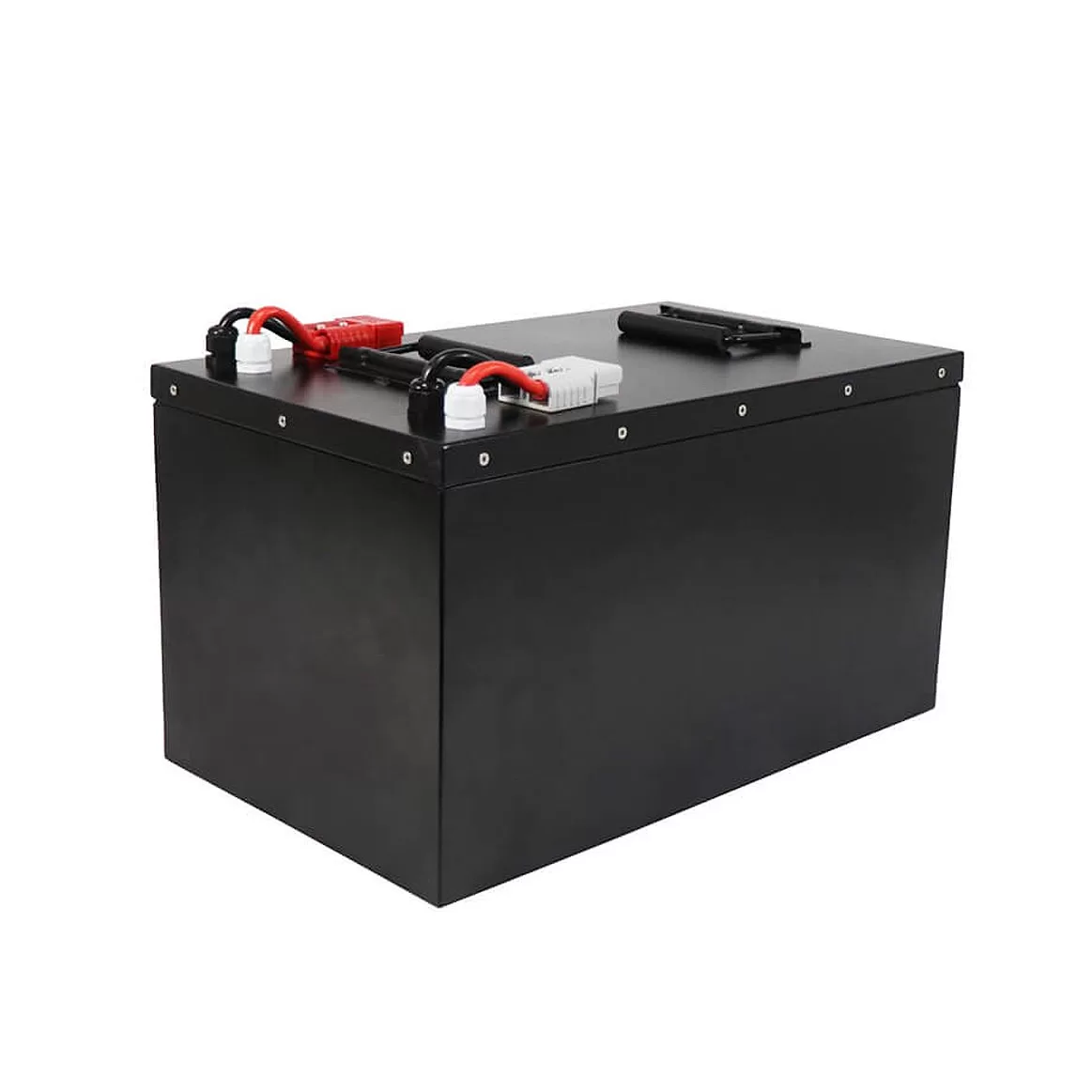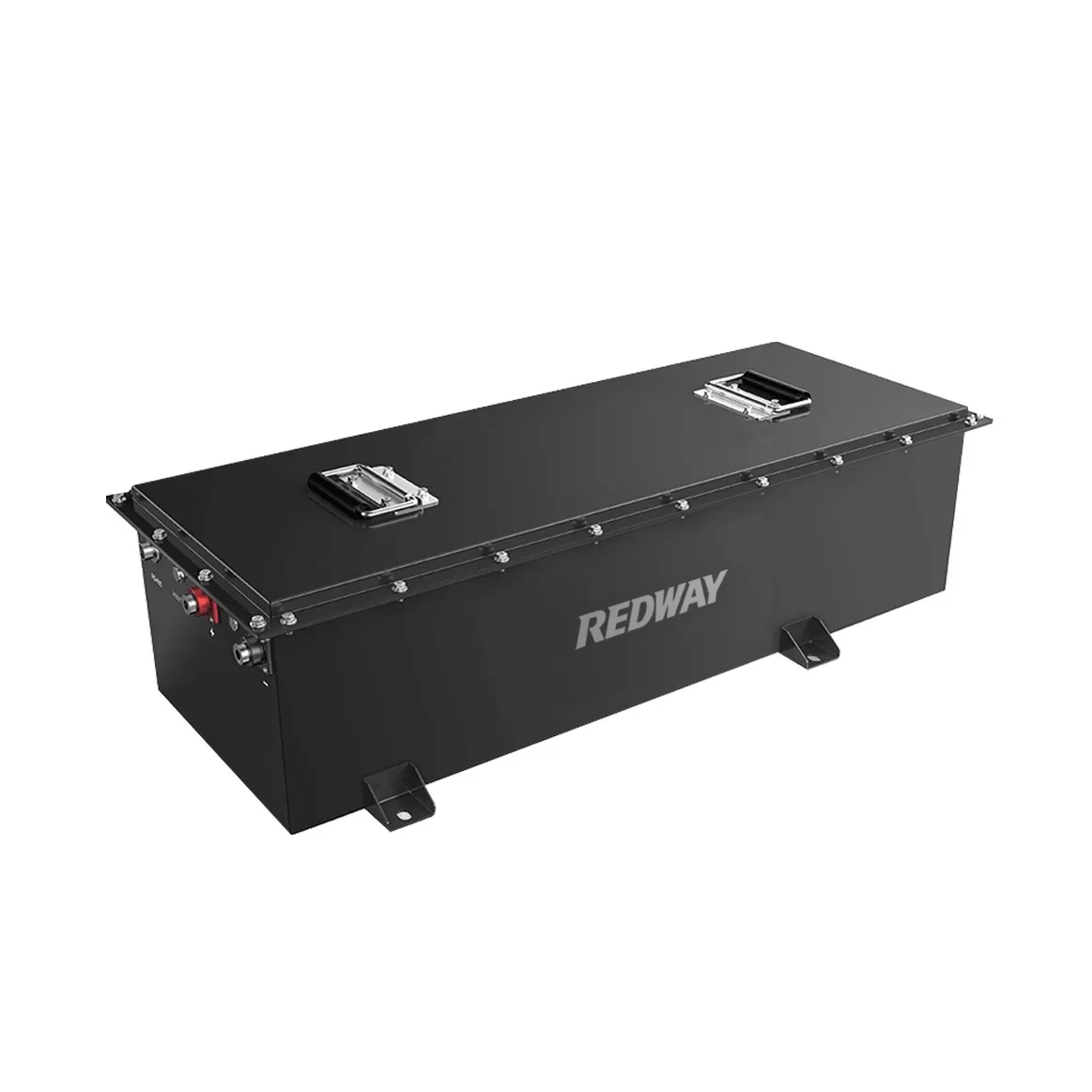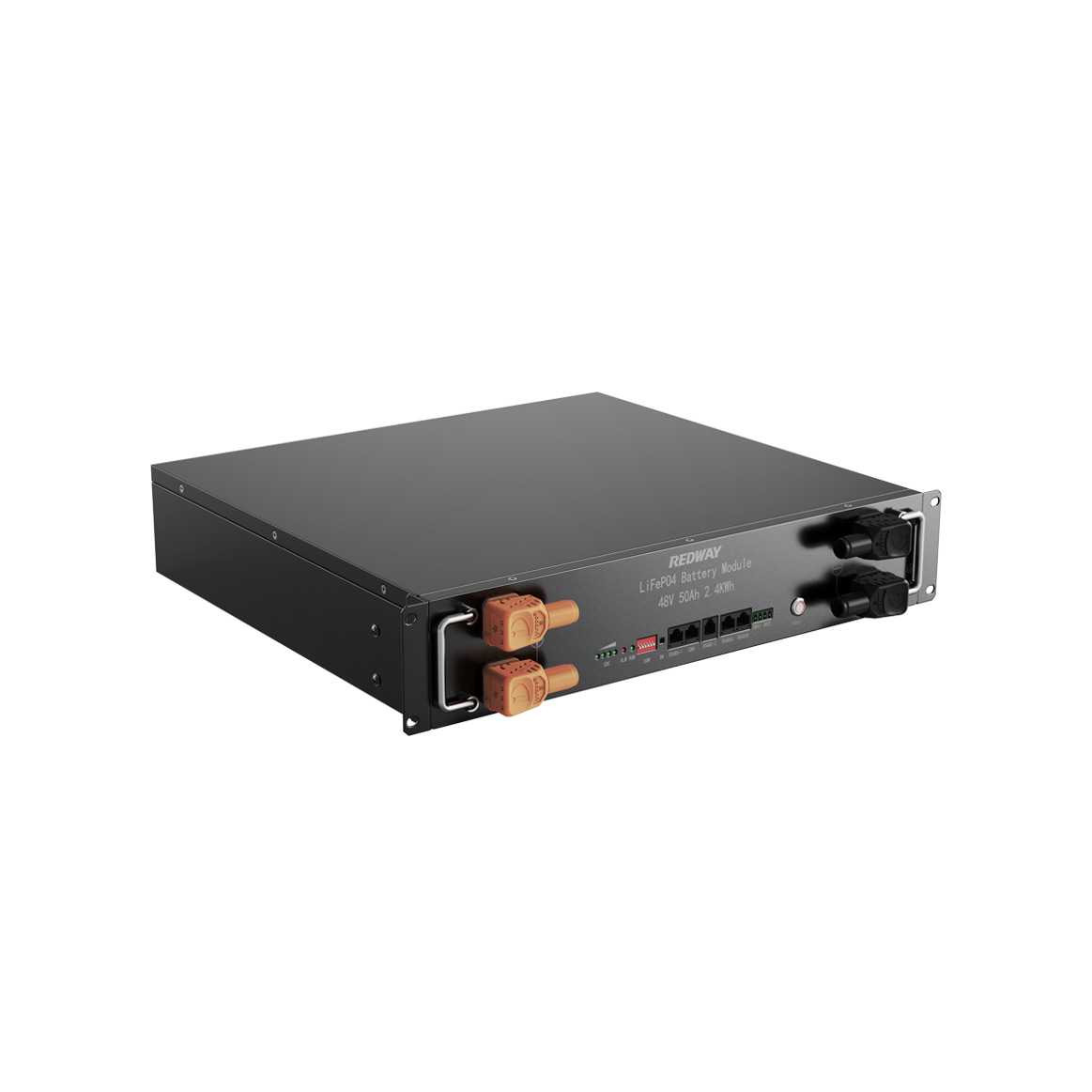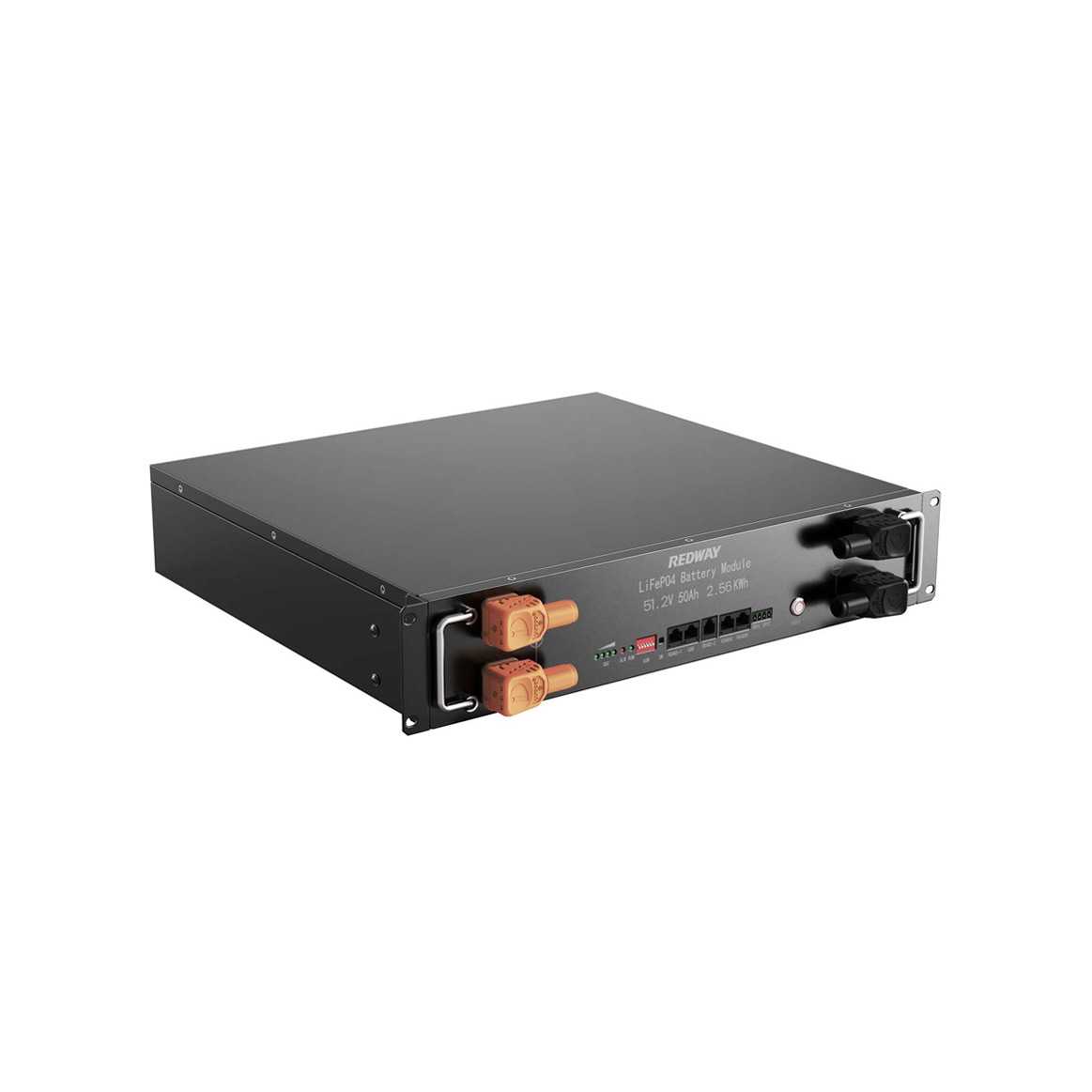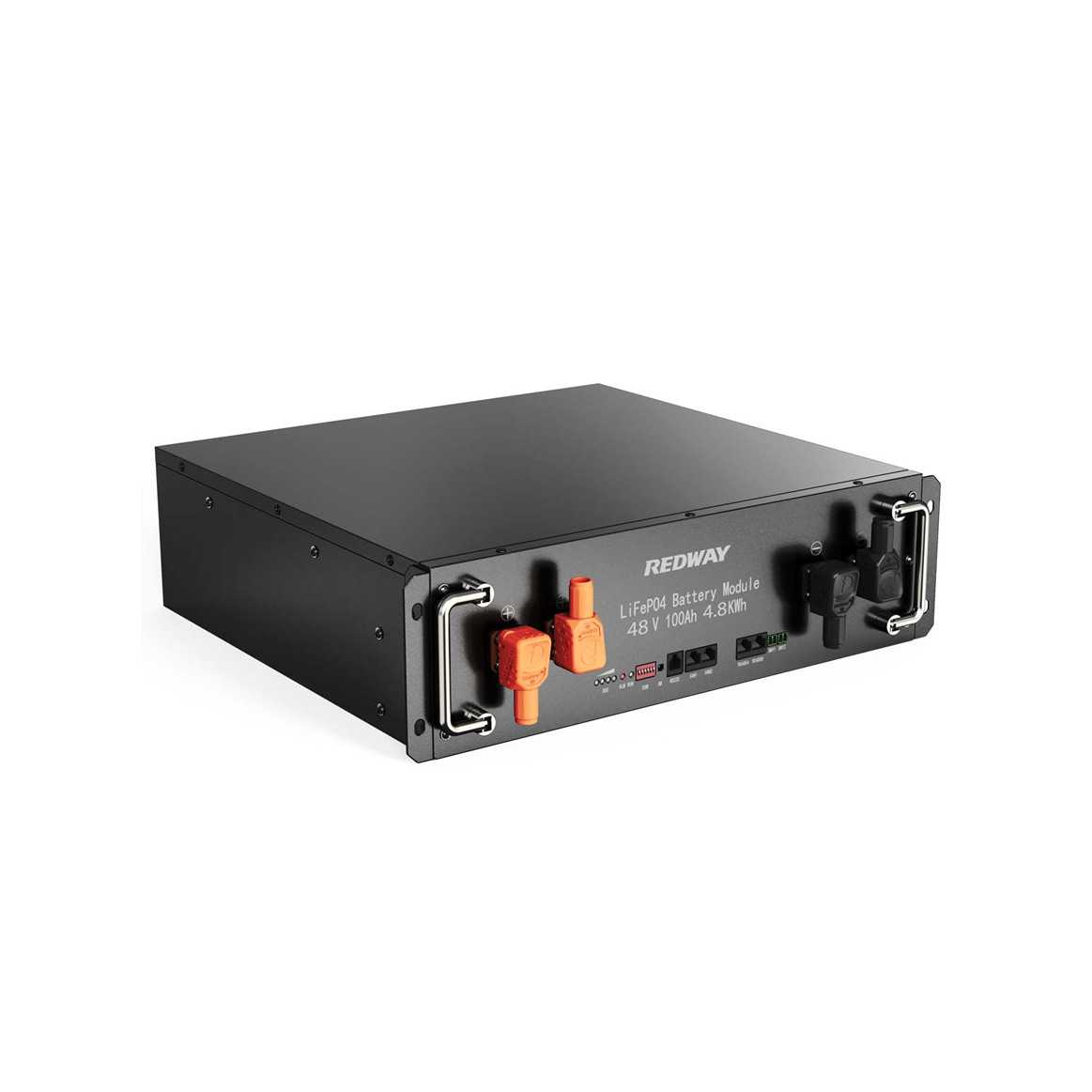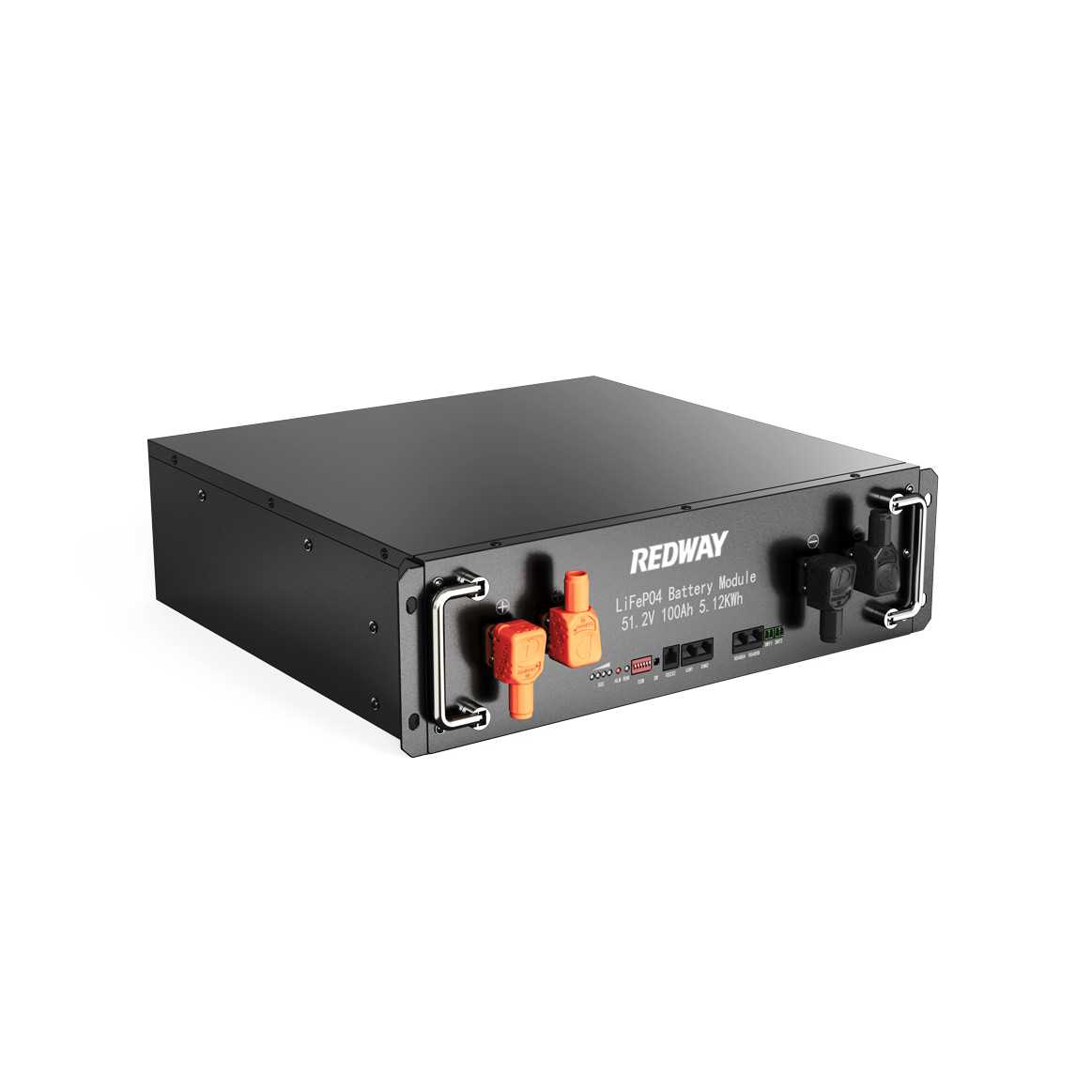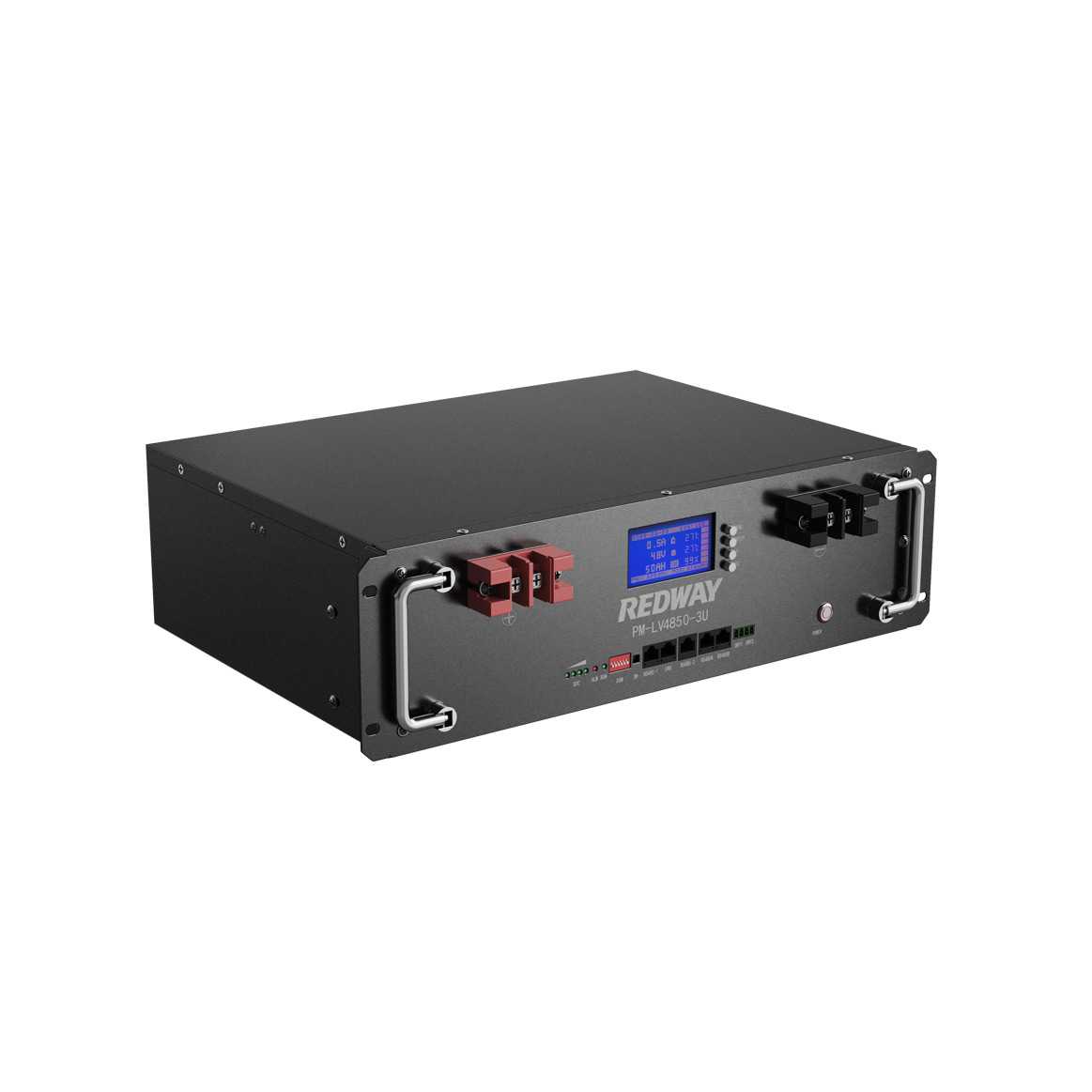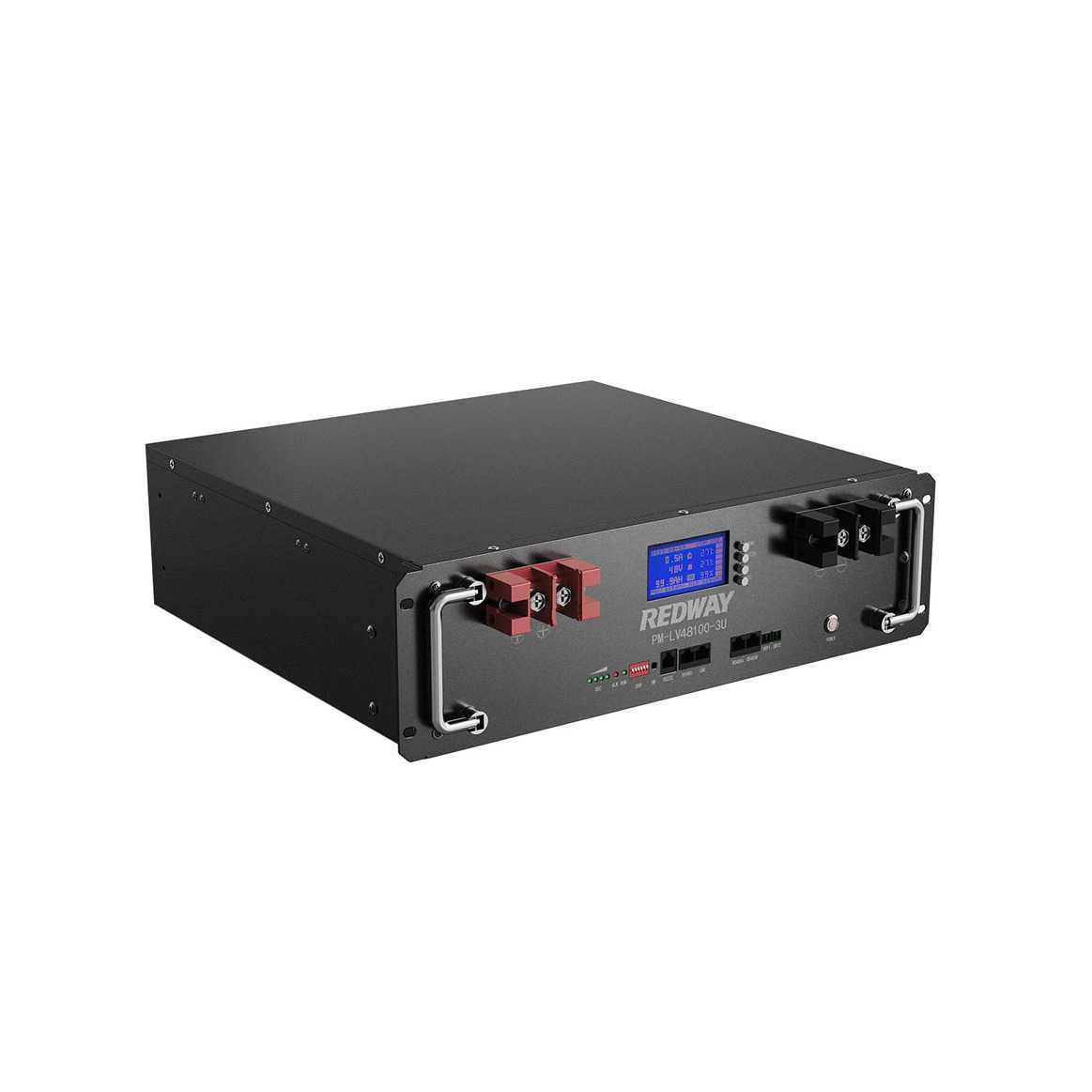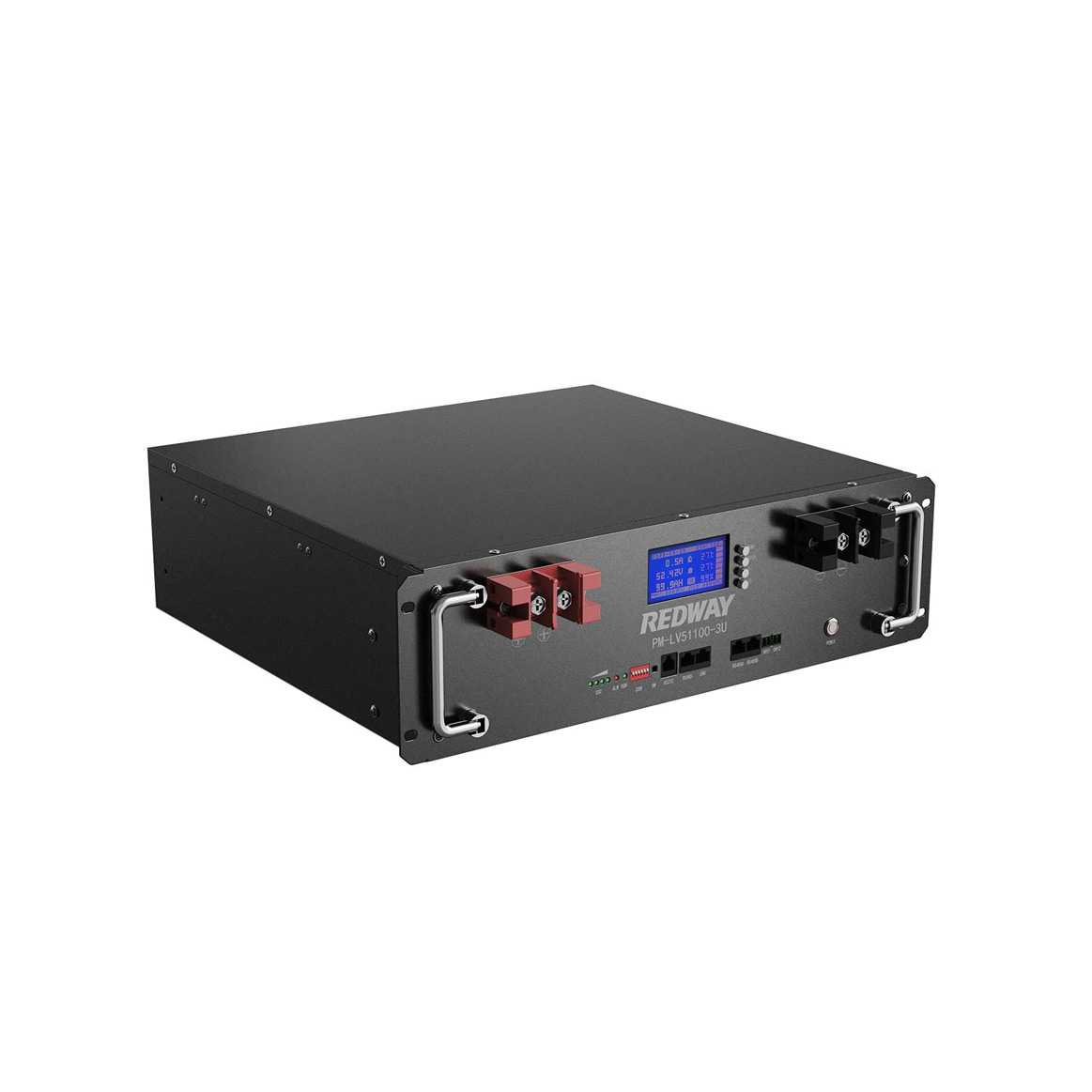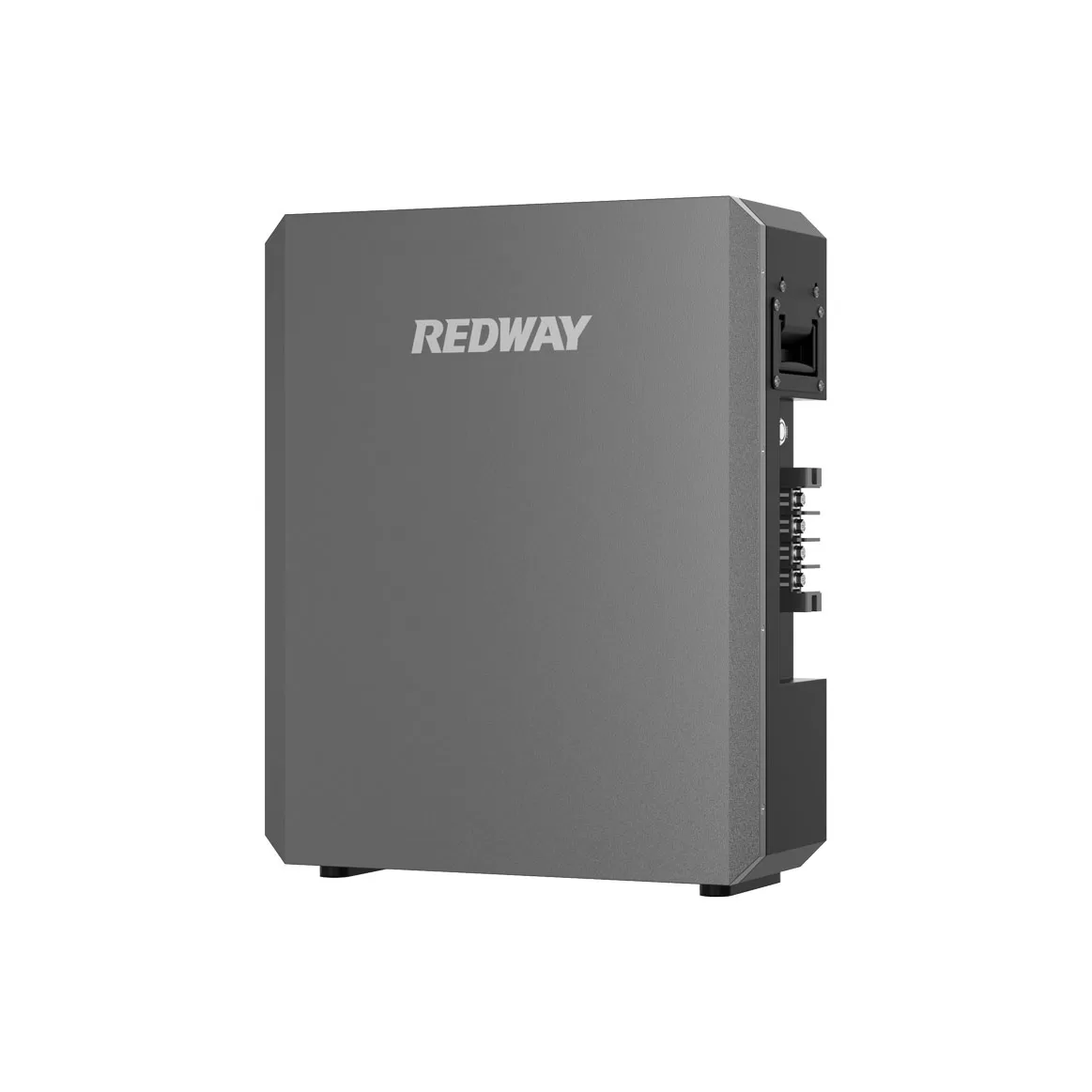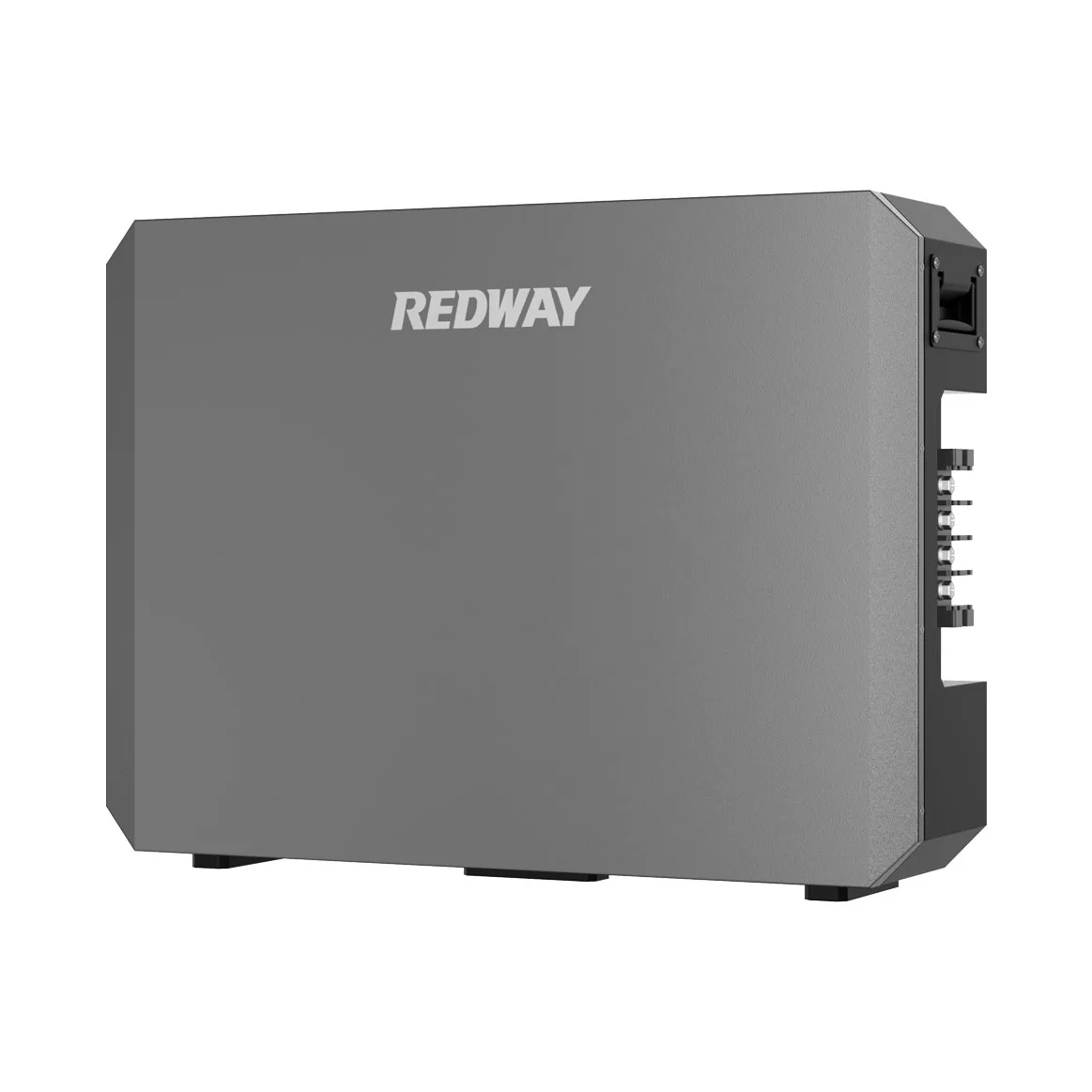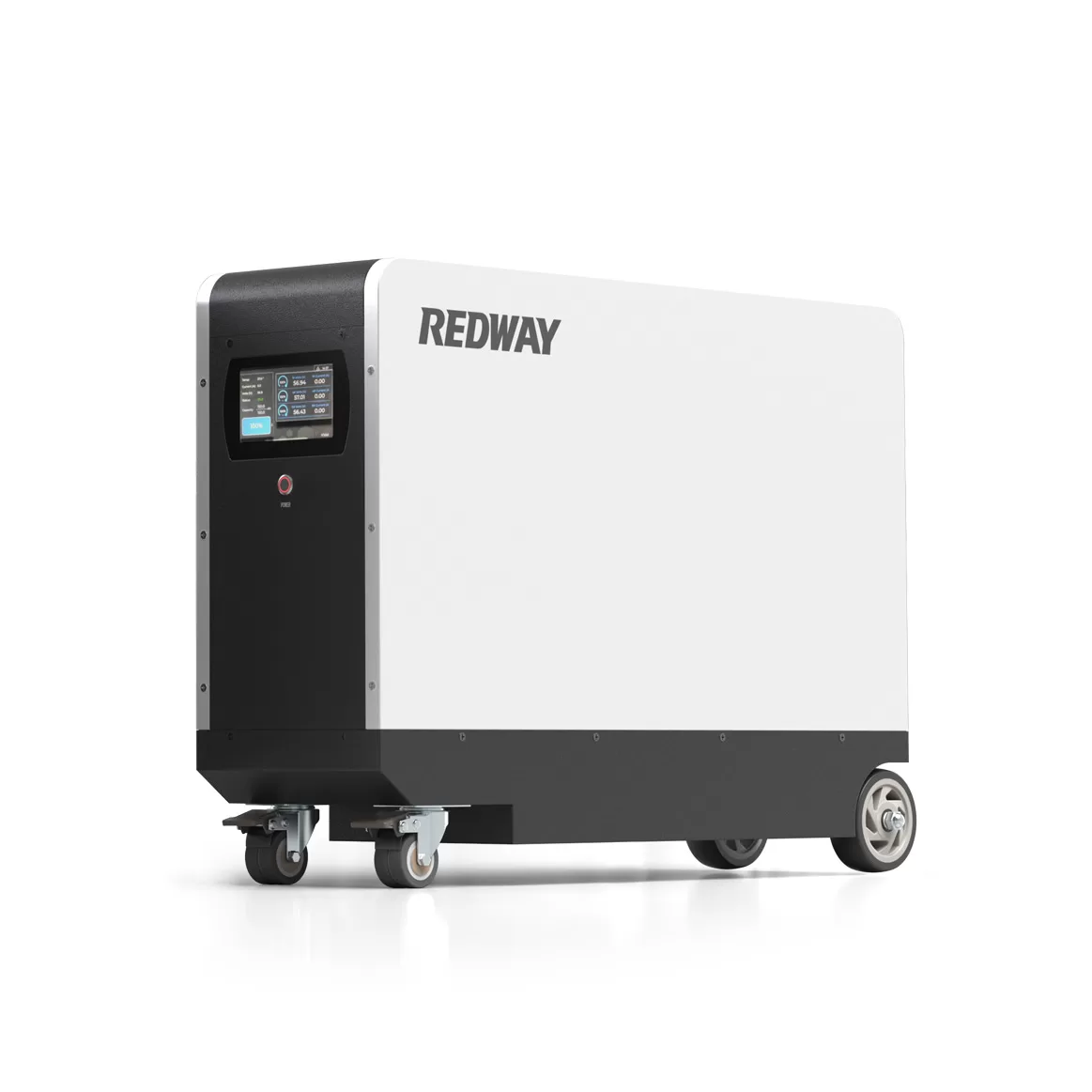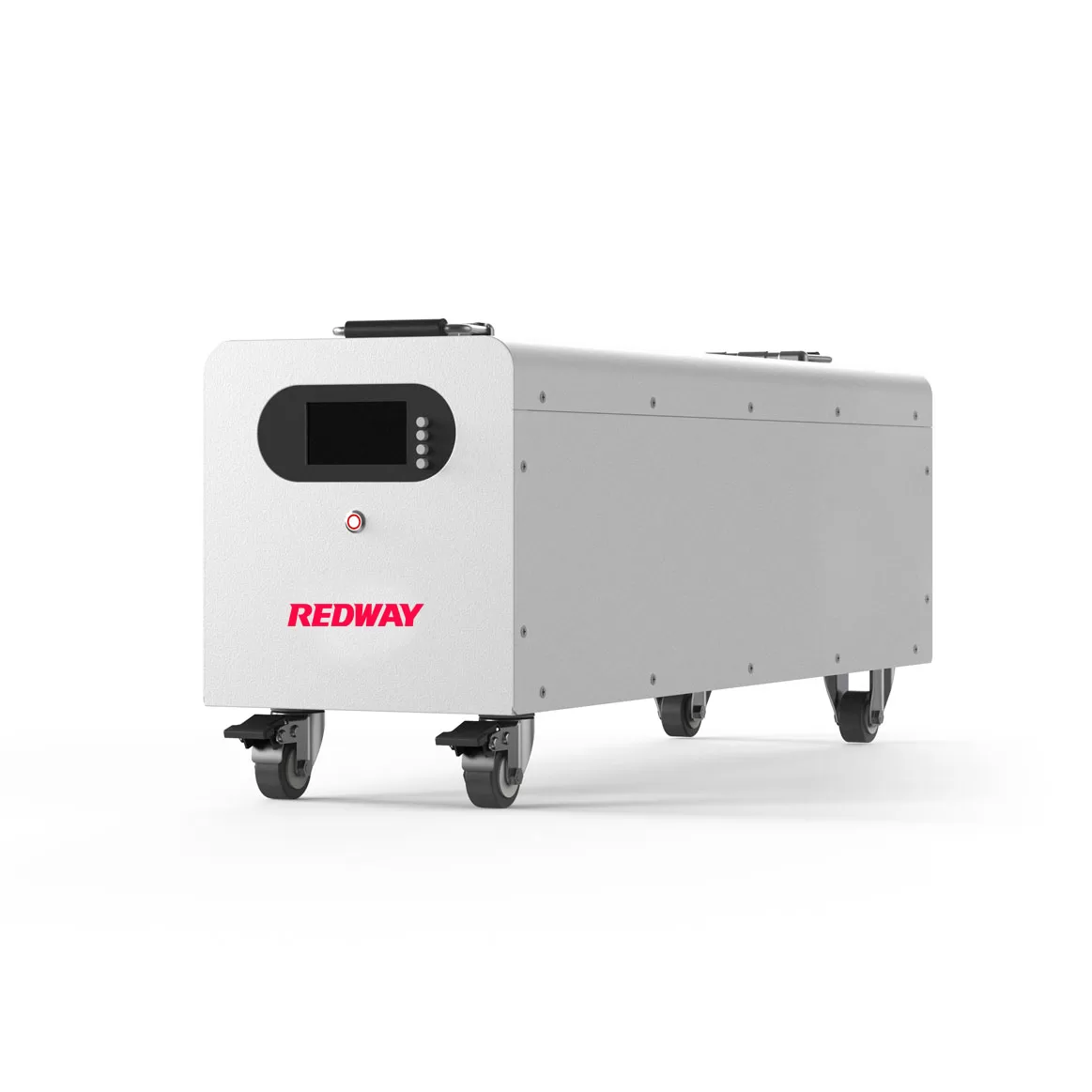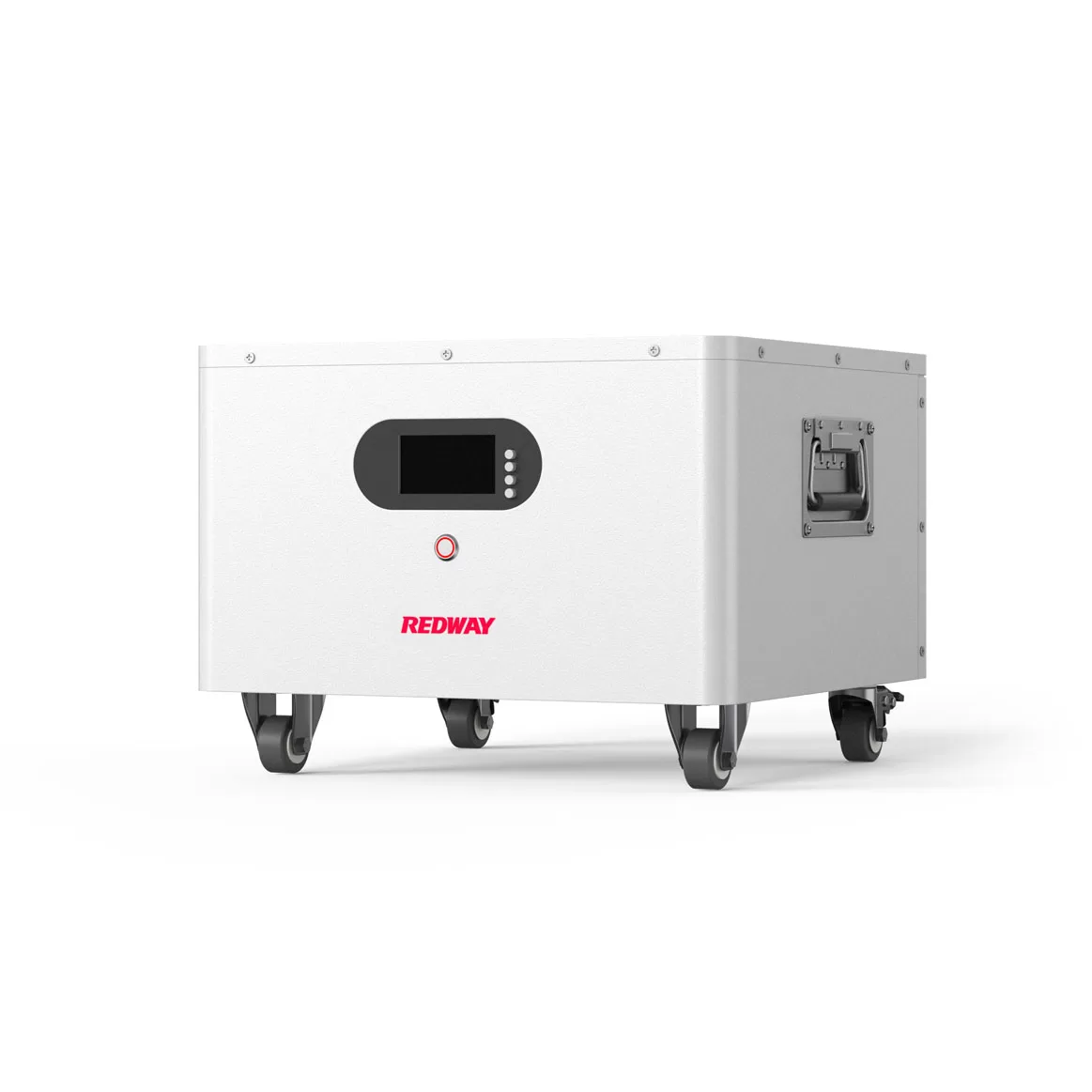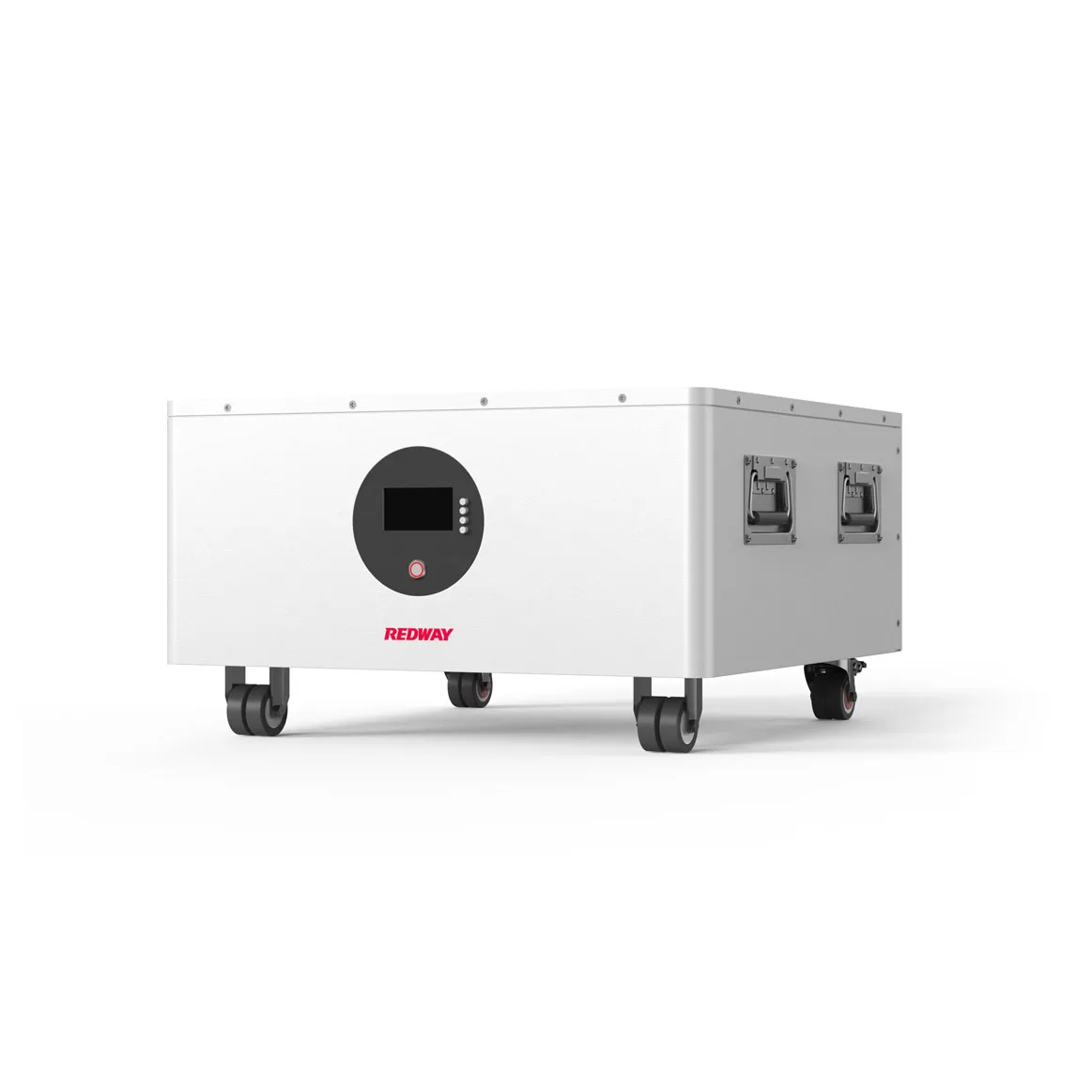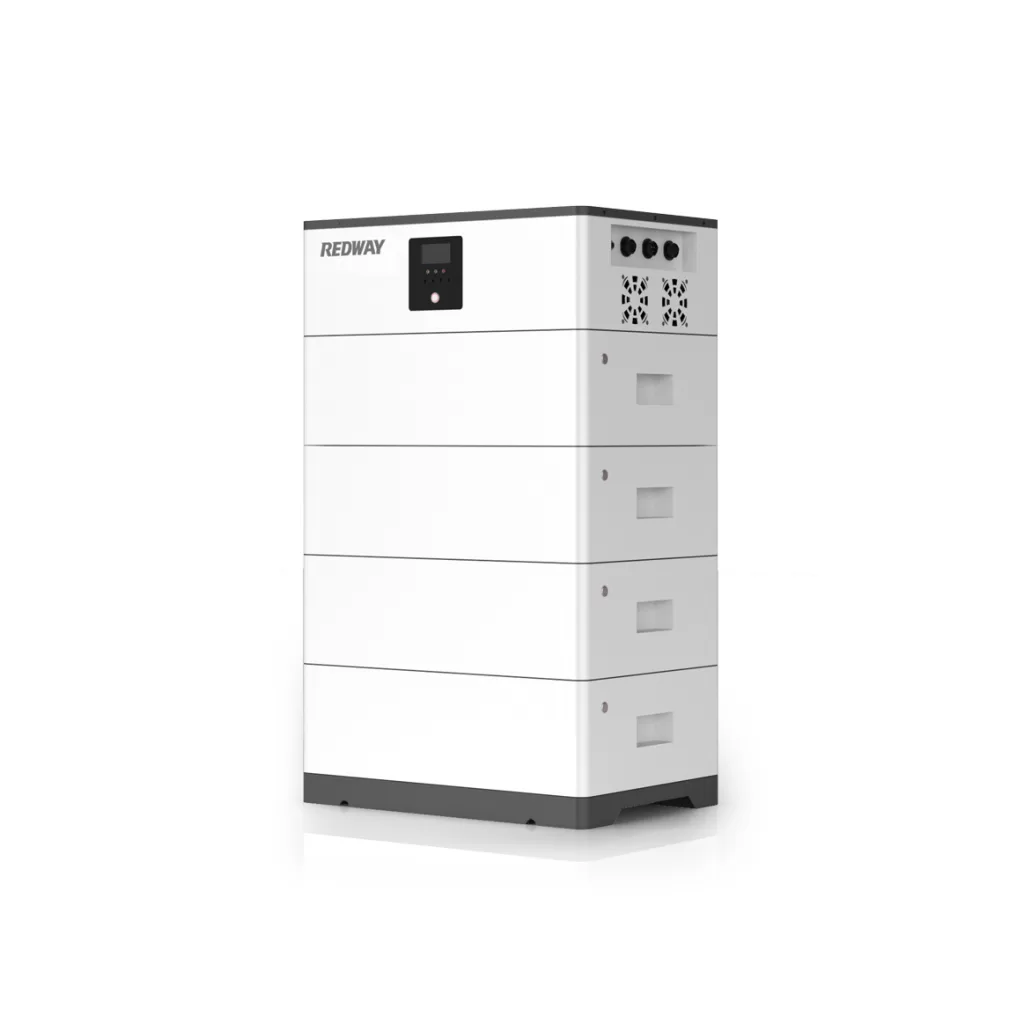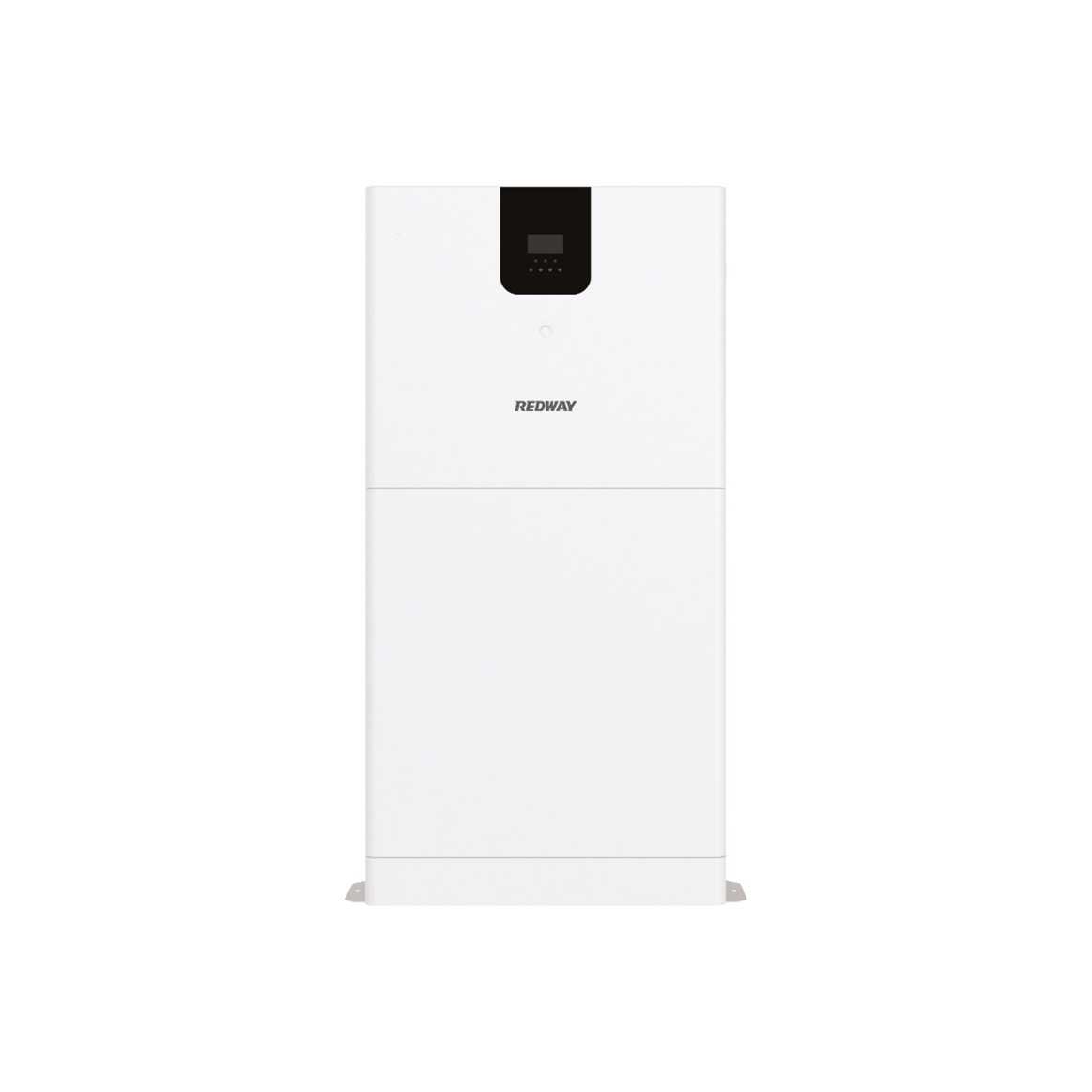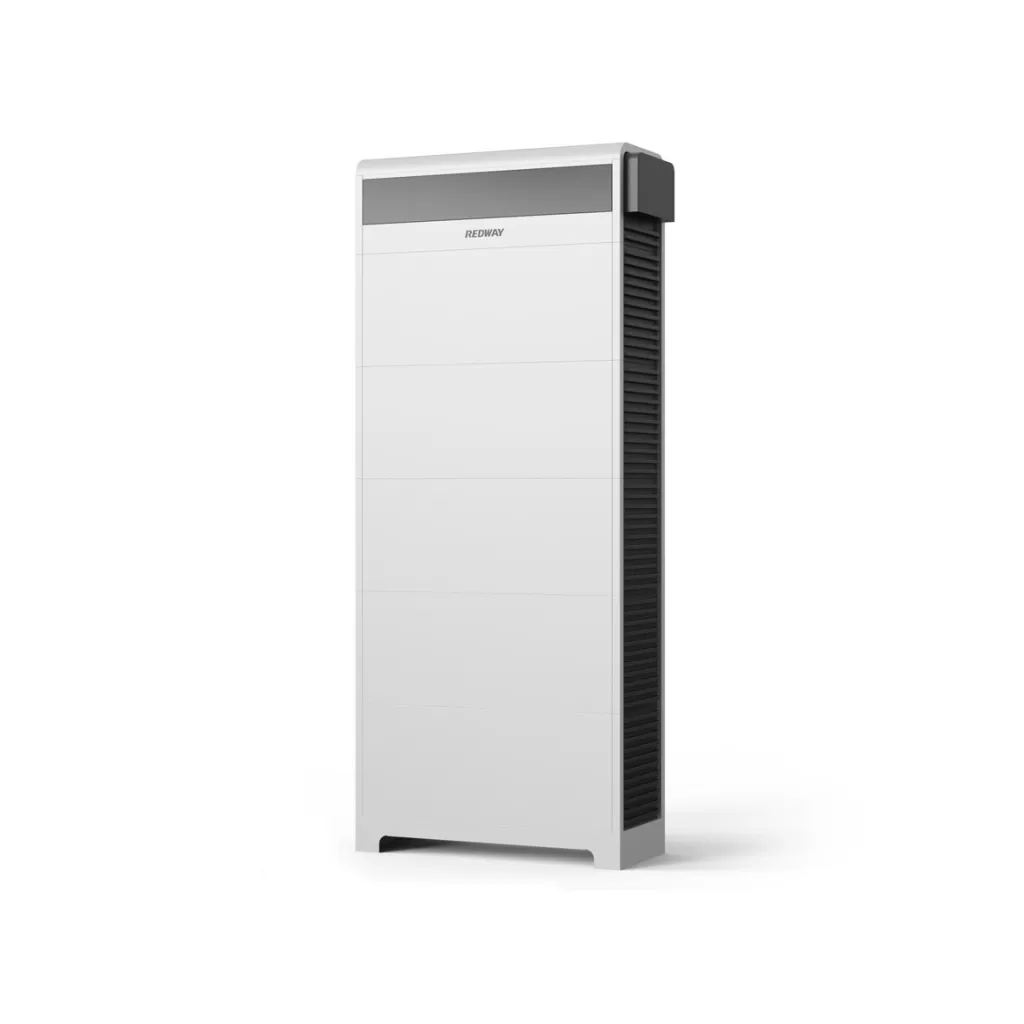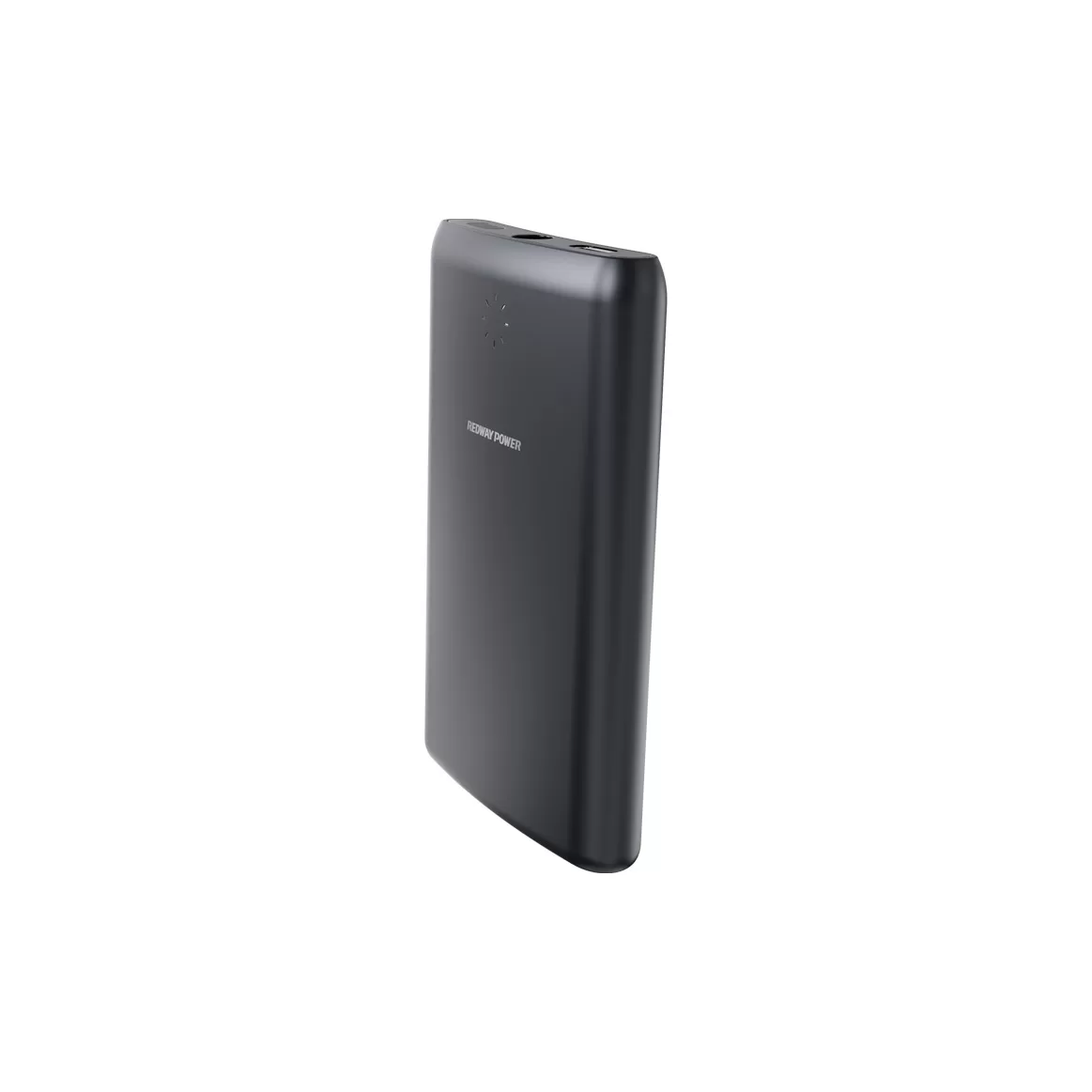Explore las características revolucionarias de Powerwall 3, incluidos los inversores fotovoltaicos integrados, la eficiencia mejorada, la transición a baterías LFP, el diseño compacto, la mayor potencia de salida y un vistazo al futuro con la tecnología de planta de energía virtual. Descubra los avances que están remodelando el panorama del almacenamiento de energía y sus implicaciones para la industria.


#post_seo_title
Powerwall 3 como unidad “todo en uno”
En primer lugar, Powerwall 3 viene con un inversor fotovoltaico incorporado, lo que lo convierte en una unidad “todo en uno”.
Powerwall 3 tiene un inversor fotovoltaico integrado, un diseño completamente integrado que representa una actualización muy avanzada, ejerciendo una mayor presión sobre toda la industria.
Recuerdo que en la feria comercial, cierto fabricante tenía un eslogan publicitario para su inversor, afirmando que era “verdadero poder”. Por lo tanto, Tesla ciertamente puede promocionar Powerwall 3 como una solución “todo en uno” aún más verdadera que Powerwall Plus.
A continuación se muestran los diagramas topológicos para Powerwall 2 y Powerwall 3, creados exclusivamente por mi asistente.

Energy Flow
The following represents Energy Flow:
Solar Energy – Photovoltaic Panel – DC – Photovoltaic Inverter – AC – Battery Inverter – DC – Battery – DC – Battery Inverter – AC.
Noted, there are three AC-DC conversions in the process from solar energy to battery storage to household appliance use, which can result in losses.
Powerwall 3
This means that Powerwall 3 has transitioned from AC-coupled to DC-coupled, resulting in a significant improvement in system efficiency and reduced losses.
Additionally, Powerwall 3 offers three advantages compared to Powerwall 2:
No need for a separate inverter, which significantly reduces costs and the selling price.
Simplified and faster system installation.
Chinese Industrial Market’s domination over Japanese Market
Secondly, the transition from NMC batteries to LFP batteries has led to a brutal crushing of the Chinese industrial chain over the Japanese industrial chain.
Powerwall 3 incorporates advanced prismatic lithium iron phosphate (LFP) battery technology, which is more cost-effective, durable, and safe compared to the cylindrical nickel-manganese-cobalt (NMC) batteries used in Powerwall 2.
Thickness
Regarding the thickness:

Powerwall2:1150mm x 755mm x 147mm(45.3 in x 29.6 in x 5.75 in)
Powerwall 3:1100mmx610mmx180mm(43inx24inx7inin)

Powerwall 3 integrates the photovoltaic inverter, and considering the arrangement of components, cell specifications, and heat dissipation design, a certain thickness is necessary for this integration. Unless there’s a significant revolution in component and cell dimensions, it’s not possible to achieve integration without a certain thickness.
Higher Power Output and a Simpler Product Design
Thirdly, higher power output and a product design that takes another step towards simplification.
Powerwall 3 has a higher power output, with a maximum power of up to 11.5kW, whereas Powerwall 2 had a maximum power of only 5.8kW.
Powerwall 3 has a peak power of 15.4kW, which is also 50% higher than Powerwall 2.
Powerwall 2 offers two modes: Partial Backup and Whole Home Backup. In practice, these modes are limited by the output power, especially in the case of Partial backup, where you need to determine which loads are essential. This complexity can complicate installation decisions, system design, and the installation process.
Virtual Power Plant
Fourth, a more forward-looking layout: VPP (Virtual Power Plant).

VPP (Virtual Power Plant) is the crown jewel of the household energy storage industry. Unfortunately, most manufacturers are still at the stage of developing household storage monitoring platforms.
